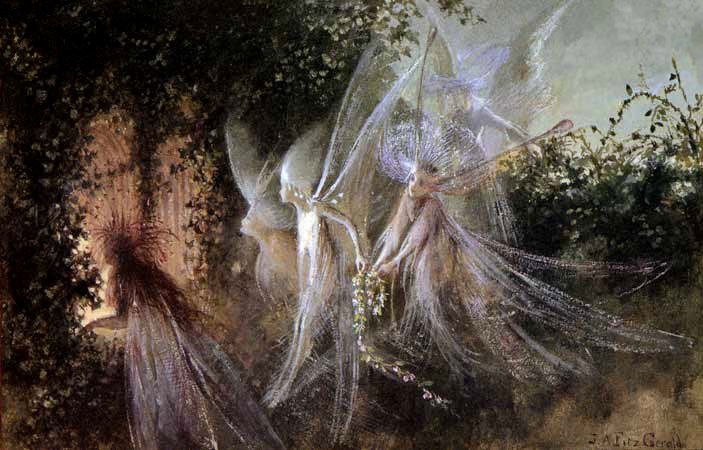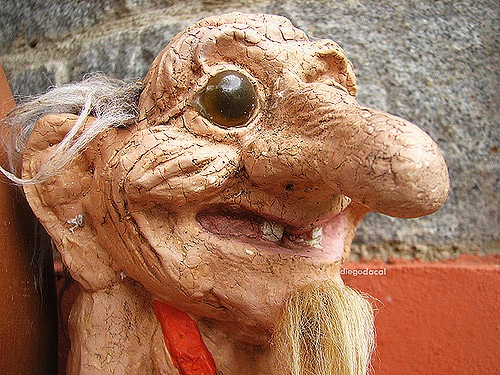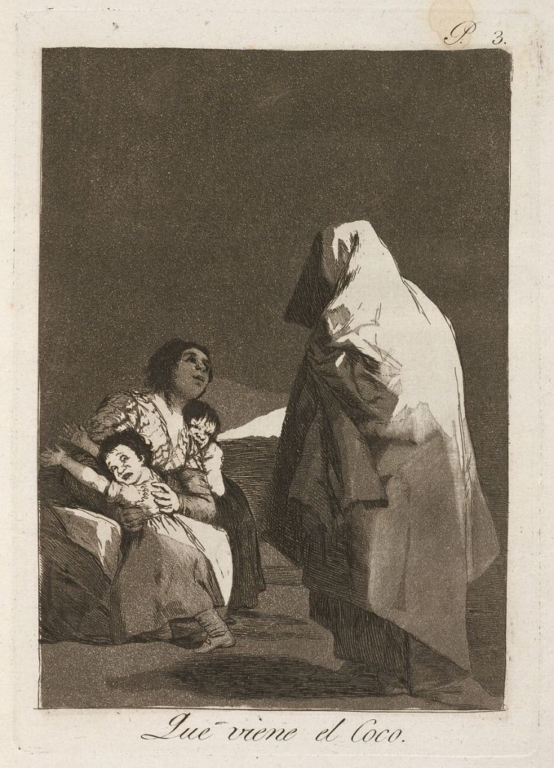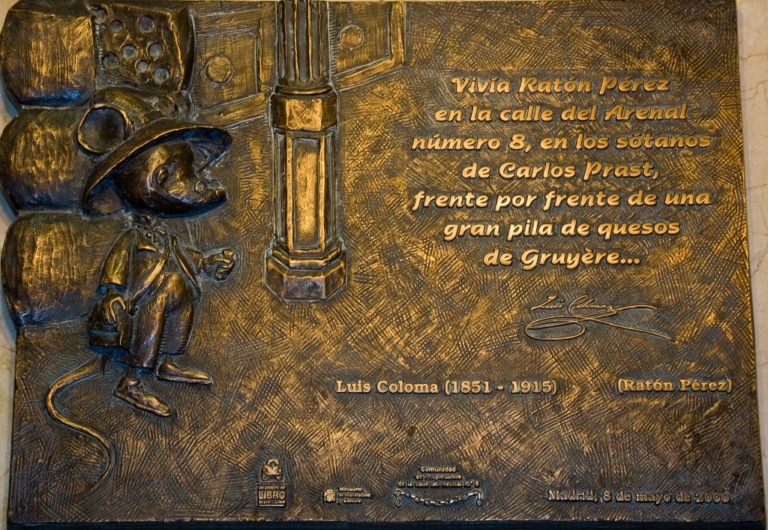5 Spanish Myths and Legends to Share With Your Students

After you’ve covered the historic highlights of Spain, from the Alhambra to Madrid’s bull fighting rings, why not turn your attention to the world of the historical imagination? Dragons and fairies, trolls and witches populate Spanish lore, and you can invite these 5 into your next class for a fun cultural perspective.
Student Trips to Spain
1. San Jorge and the Dragon
Legend states that a dragon dwelled in Montblanc and terrorized the nearby villagers. In desperation, the villagers sacrificed someone to the dragon each day. Unfortunately, one day the princess’s name was drawn. Despite the protests of many villagers, the princess headed to the dragon’s lair to accept her fate. Miraculously, a knight in shining armor saved the princess at the last minute by slaying the dragon. A red rose sprouted from the wound of the dragon, which the knight presented to the princess. The knight then revealed himself as San Jorge. This story is commemorated with grand celebrations on April 23rd every year in Spain, particularly Barcelona. In line with tradition, men often present roses to the women they love.

2. Anjanas
Originating from Cantabrian mythology, Anjanas are good-intentioned fairies that dwell in nature. Just six inches tall, these delicate fairies are claimed to help injured or lost animals and people in the forest and heal damaged plants. They are said to reward the good and punish the wicked, and often even leave gifts at the doors of kind people in the village.

3. Duendes
Duendes, on the other hand, are gnome-like tricksters. These small mischievous creatures often play pranks on or thieve from unsuspecting people. Their name originates from the phrase “dueño de casa” or “possessor of a house,” because they were initially depicted as a malicious spirit inhabiting a home.

4. El Coco
Many Spanish parents spook their children by cautioning them about El Coco, a monster who snatches children away if they misbehave or refuse to sleep. Its origins come from a man named Francisco Ortega (El Moruno) who was sick with tuberculosis in the early 20th century. He solicited help from a Curandera, who recommended he drink the blood of children. Ortega subsequently kidnapped a child named Bernardo in a cloth bag. Today, El Coco is said to still roam the streets with a black cloth bag, seeking disobedient children. Parents warn their children of El Coco using the popular rhyme, “Duermete niño, duermete ya, que viene El Coco y te comerá.” (“Sleep child, sleep now, or else the Coco will come and eat you.”)

5. Ratoncito Pérez
In 1894, Luis Colomo told the story of Ratoncito Pérez to the young King Alphonso, who had just lost a tooth. Ratoncito Pérez was a mouse who lived in a box of cookies with his family in Madrid. He travels through the pipes of the city to reach the bedrooms of children who had just lost a tooth. When the children place their tooth under their pillows, Ratoncito Pérez exchange the tooth for a small gift. The character gained so much popularity that it was the first fictional character paid tribute to by the city council of Madrid with a commemorative plaque.

For more Spanish cultural activities, download our free video lesson plan!











This is a kool website!!
cool